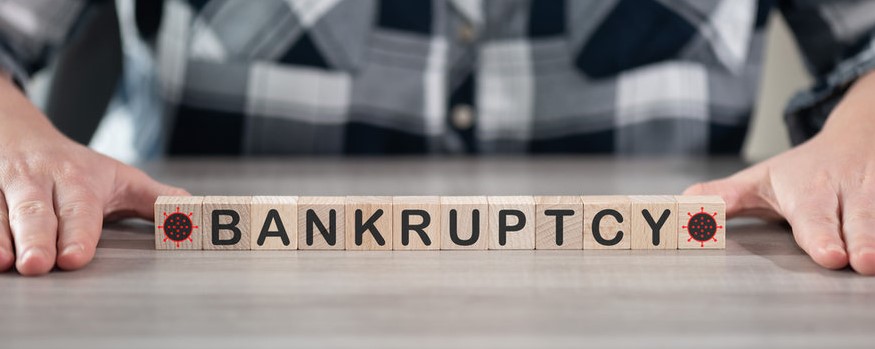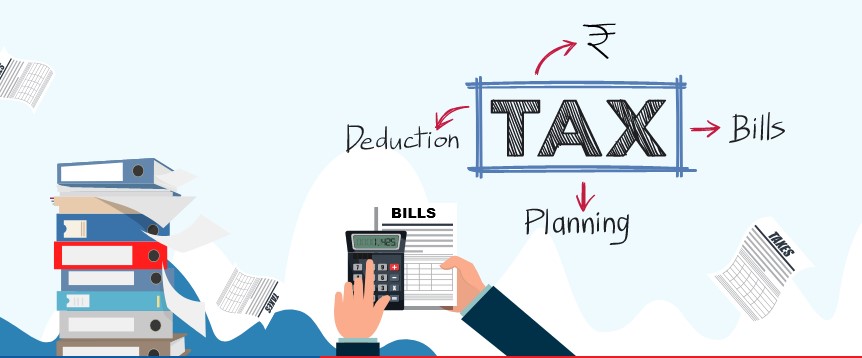
Many countries of the world are on the verge of bankruptcy
- March 15, 2023
- 0
Sri Lanka’s bankruptcy is not the only incident of its kind. By the end of 2022, Lebanon, Suriname and Zambia were officially bankrupt. Pakistan, Argentina, Ghana, Egypt and El Salvador are close to bankruptcy. Last year, at the G-20 gathering in Bali, United Nations Secretary-General Antonio Guterres created a sensation by declaring that developing countries are on the verge of a terrible economic catastrophe. The reality is that about 53 countries of the world are about to drown in debt crisis.
For decades after the 2008 Lehman crisis, capital was almost free. Shadow banks, governments, financial companies, investors, common people were swimming in the pool of free capital. In 1999, private-government debt in the world was 200 percent of global GDP, which increased to 350 percent in 2021. It is 420 percent in developed economies and 330 percent in China. This is more than the Second World War.
In the last one decade, the manner of borrowing by the governments has changed. Governments and investors from developing and emerging economies increasingly flocked to the debt market because capital was cheap. Developing countries were getting a chance to raise loans in their own currency by paying higher interest, which was not the case earlier. By 2010, nearly 90 percent of global bonds from developing countries were issued in domestic currency. Governments and companies also raised expensive commercial loans during this period. Expensive because they were available to those with weak credit at high rates. In 2020, the share of private debt in the total debt of developing countries increased to 62 percent, which was 43 percent in 2000. With inflation, the debt has become costlier, so countries have started sinking.
The 2022 World Bank Development Report reported that an average of 20 investors in lending to developing countries were private or non-governmental. There was no control over them. Governments will have to return the loan to them. Due to debt burden, economic recession and credit crunch, the currencies of developing countries have been badly broken, foreign exchange reserves are running out. Sri Lanka, Pakistan, Egypt are witnesses to this.
IMF cannot help beyond a point. However A vicious cycle begins after IMF help. Governments have to increase taxes, change exchange rates, reduce government spending, after which credit breaks and political crisis increases. UN is recommending a new deal on debt, but who will persuade private banks and investors on loan waiver? It will also have an impact on the debt market.
दुनिया के कई देश दिवालिया होने की ओर
श्रीलंका का दिवालिया होना अपने तरह की अकेली घटना नहीं है। 2022 के आखिर सूर्यास्त तक लेबनान, सूरीनाम और जाम्बिया आधिकारिक तौर पर दिवालिया हो चुके थे। पाकिस्तान, अर्जेंटीना, घाना, इजिप्ट और एल सल्वाडोर दिवालिएपन के करीब हैं। बीते बरस बाली में जी-20 की जुटान में संयुक्त राष्ट्र संघ के महासचिव एंटोनियो गुटेरेस ने यह ऐलान कर सनसनी मचा थी दी कि विकासशील देश भयानक आर्थिक तबाही की कगार पर हैं। हकीकत ये है कि दुनिया के करीब 53 देश कर्ज-संकट में डूबने को हैं।
2008 के लीमैन संकट के बाद दशकों तक पूंजी लगभग मुक्त मिलती रही थी। शैडो बैंक, सरकारें वित्तीय कंपनियां, निवेशक, आम लोग मुक्त पूंजी के सरोवर में तैर रहे थे। 1999 में दुनिया में निजी-सरकारी कर्ज ग्लोबल जीडीपी का 200 प्रतिशत था, जो 2021 में 350 प्रतिशत हो गया। विकसित अर्थव्यस्थाओं में यह 420 और चीन में 330 प्रतिशत है। यह दूसरे विश्व युद्ध से भी ज्यादा है।
बीते एक दशक में सरकारों के कर्ज का तौर-तरीका ही बदल गया। विकासशील और उभरती अर्थव्यवस्थाओं की सरकारें और निवेशक कर्ज-बाजार में आए दिन आने लगे, क्योंकि पूंजी सस्ती थी। विकासशील देशों को कुछ ज्यादा ब्याज देकर उनकी अपनी करेंसी में कर्ज जुटाने का मौका मिल रहा था, जो पहले नहीं होता था। 2010 तक विकासशील देशों के करीब 90 प्रतिशत ग्लोबल ब्रांड घरेलू करेंसी में जारी होने लगे। इस दौर में सरकारों और कंपनियों ने महंगे वाणिज्यिक कर्ज भी उठाए। महंगे इसलिए क्योंकि वे कमजोर साख वालों को ऊंची दर पर मिलते थे। 2020 में विकासशील देशों के कुल कर्ज में प्राइवेट कर्ज का हिस्सा 62 प्रतिशत हो गया, जो 2000 में 43 प्रतिशत था। महंगाई के साथ कर्ज महंगा हो गया, तो मुल्क डूबने लगे हैं।
2022 की वर्ल्ड बैंक डेवलपमेंट रिपोर्ट ने बताया कि विकासशील देशों को कर्ज देने वालों में औसतन बीस निवेशक ऐसे थे, जो निजी या गैर सरकारी थे। इन पर कोई नियंत्रण नहीं था। सरकारों को इन्हें कर्ज वापस ही करना होगा। कर्ज के बोझ, आर्थिक मंदी और साख में गिरावट के कारण विकासशील देशों की मुद्राएं बुरी तरह टूटी हैं, विदेशी मुद्रा भंडार खत्म हो रहे हैं। श्रीलंका, पाकिस्तान, इजिप्ट इसके गवाह हैं।
आईएमएफ एक सीमा से अधिक मदद नहीं कर सकता। वैसे भी, आईएमएफ की मदद के बाद एक दुष्चक्र शुरू होता है। सरकारों को टैक्स बढ़ाने होने हैं, विनिमय दर बदलनी होती है, सरकारी खर्च घटाना होता है, जिसके बाद साख टूटती है और राजनीतिक संकट बढ़ता है। यूएन कर्ज पर एक नई डील की राय दे रहा है मगर निजी बैंकों और निवेशकों को कर्ज माफी पर राजी कौन करेगा? कर्ज-बाजार पर इसके असर भी होंगे।
































































